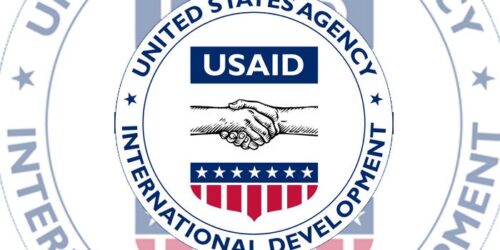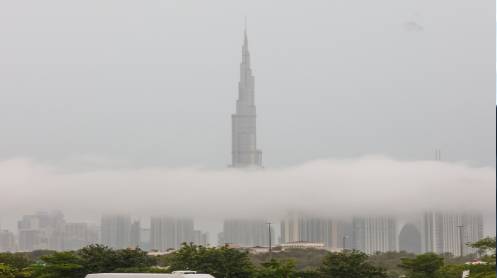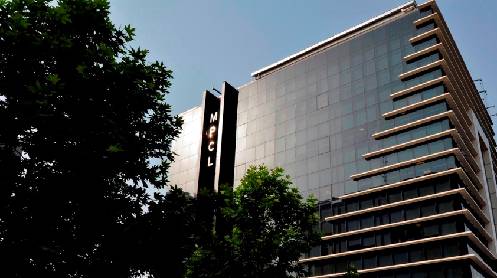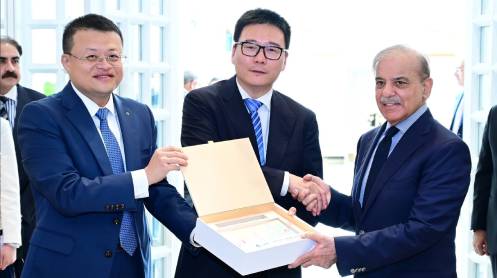ISLAMABAD: With the current portfolio of $300 million for undertaking energy projects in Pakistan, USAID’s energy experts have said Pakistan would have to place a competitive market to fix problems of this important sector.https://e3fa250c3a490d9bbd8f7708d1127630.safeframe.googlesyndication.com/safeframe/1-0-38/html/container.html
“USAID had so far invested over $800 million in the energy sector in Pakistan during the last 10 years. Our existing portfolio stands at $300 million, including $250 million for energy infrastructure and remaining $50 million for other remaining sector requirements,” USAID’s Energy Office Director in Pakistan Don McCubbin and Energy Project Management Specialist Nadeem Habib said while briefing a select group of reporters through online zoom on Thursday.
About the monster of circular debt in Pakistan, McCubbin said that it was the biggest problem and cost generation capacity was one of the problems but renewable energy provided some solution. The revenue collection is another problem, especially along with the region of Afghanistan and Balochistan. There is no single answer but the solution is to place a competitive market, he added.
To another query about uniform tariff and privatisation of DISCOs, he replied that privatisation is a sensitive issue as the revenue collection might be privatised in certain areas. In the USA, there is no uniform tariff, he added.
Nadeem Habib said that if done properly, privatisation could provide a solution. About the uniform tariff, he said that it was a political decision, so the government was trying to cover the losses through a cross-subsidisation mechanism but it was not a sustainable model at all.
To another query about major challenges for implementing the USAID-funded projects, he replied that security was on the top as a challenge for executing energy projects as there were difficult areas.
Another challenge was an issue around political instability as it caused delays. The USAID aligned its objectives with the government as the government aimed at jacking up the share of renewable energy from 5 or 6 percent to 30 percent till 2030. The USAID provided consultants to Alternate Energy Development Board to prepare a legal document as it would provide the basis for increasing share of renewable energy from 5 to 30 percent till 2030.
There are some major reasons for line losses as one was theft and the USAID had demonstrated that existing cables could be replaced with anti-theft cables and placed devices for monitoring transformers. We installed devices on 330 transformers and 157-km anti-theft cables in Peshawar and USAID could not replicate it for the whole country. For the Peshawar pilot project, the cost of project was $2 million. This spent amount could be saved in just one-year period, he maintained.
We invested $25 million grant for renovating the Tarbela Dam by jacking up capacity 20MW and $150 million invested at Mangla Dam on turbine. In moving forward, the USAID will be investing $25 million for bringing efficiency in the energy sector.
Nadeem Habib said in over 10 years, USAID had invested more than $800 million in Pakistan. He said there is no easy solution as the circular debt is touching Rs 2.5 trillion. The circular debt of Rs2.5 trillion is a big number and it will take a while to resolve such problem.
We invested in Tarbela, Gomal Zam, Satpara and others 175 million dollars grants money and were investing 256 million in three ongoing projects for renovation of hydro projects. We have done quite a bit and other donors will have to come forward to invest in it. He said that the generation, transmission and distribution required investment as the USAID completed Jimber and one tranmission line in the AJK to connect 147 MW with national grid.
He said that for the distribution network USAID invested $280 million. Nadeem Habib said that it was a misconception that USAID did not invest in distribution sector. We have been building capacity of NTDC to help their capacity how to evacuate power. We also brought anti-theft cable in PESCO and Multan Electric Power Company and placed transformers for monitoring purposes. Distribution is the face of power sector, so USAID had invested to fix it.
Nadeem Habib said that the direct infrastructure support was a way to go but people did not realise that the capacity building through technical assistance could provide a solution. Getting aid for longer time is never sustainable as they are working with different government energy departments to help them build their capacity through different tools and use of latest technology. The USAID has helped AEDB to accomplish 15 deals as it would add 860 MW clean energy as the existing capacity would jump up from 1,800 MW to 2,600-2,700 MW within next two years. It will help to jack it up clean energy to 30 percent by 2030.





